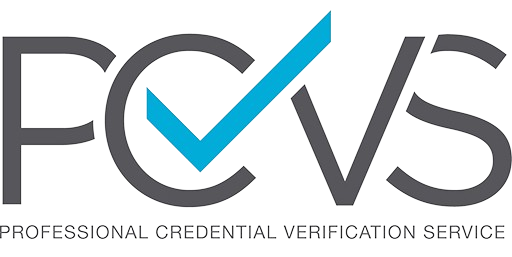In addition to all of the considerations clinicians face in the practice of medicine, starting the credentialing process can seem like an overwhelming administrative endeavor, fraught with delays and frustration. Keeping some key fundamental points in mind will assist in prioritizing and finalizing credentialing efforts.
Hospital/Health System
- Based on your specialty, determine whether or not you will be on staff at a hospital and the scope of clinical privileges you’re trained to hold.
- Specifically, for physicians — be cognizant that most insurance payers require hospital membership/privileges be held, or a documented plan submitted, as to how acute care inpatients will be managed (admit through hospitalists, through practice partner, etc.).
- Contact the hospital’s Medical Staff Services Department (MSSD)and request an application for membership and/or privileges.
- Request the application and supporting materials, including a copy of the Medical Staff’s Bylaws, be provided to you electronically, so as to minimize delays with mailings.
- Query the MSSD on how long it takes, in general, to process a new application.
- Complete the application in full, leaving no unanswered areas. For items that do not apply to you, enter ‘not applicable’ on the application.
- Submit all additional documentation, as requested, with the application. If you are awaiting the issuance of licensure or professional liability insurance, communicate that to the MSSD with your application.
- Remember that incomplete applications, or applications missing the requested supporting documentation, will result in delays. Timely submission of a complete application, with the required supporting documents is paramount to the credentialing and privileging process being completed as quickly as possible.
- Be prepared to timely and honestly answer any questions from the MSSD that may arise throughout the credentialing and privileging process. Failure to do so will result in delays.
- Do not begin to see patients in the hospital until you have confirmed with the hospital(s) that you have been approved for membership and/or privileges.
- If you submitted a complete application with all required supporting documents, and you have not received an approval letter within 4 weeks, contact the MSSD for a status update on when they expect your membership and/or privileges to be approved.
Insurance Payers
- Determine the insurance payers you wish to par with based on what you know about the geographic area and the general payer mix.
- At the same time or immediately after your hospital application is submitted (if applicable), begin the credentialing and enrollment process with Medicare and Medicaid. Enrollment and credentialing with Medicare and Medicaid is a different process than with other insurance payers.
- At the same time or immediate after your hospital application is submitted (if applicable), contact the other insurance commercial/managed care/preferred provider payers and determine whether or not they require the CAQH (Council for Affordable Quality Care) application be used, or if there is a state-mandated application (or other application) required to be completed to be credentialed and enrolled with the payer. Most payers accept the CAQH national, web-based application, but not all.
- Be aware that you must be ‘sponsored’ by at least one insurance payer to gain access to the CAQH application. Once completed, your CAQH application can be accessed by other insurance payers you wish to participate with, with your expressed approval.
- Similar to hospital/health system credentialing:
- Query the various payers on how long it takes, in general to process a new credentialing application and be enrolled.
- Complete the application in full, leaving no unanswered areas. For items that do not apply to you, enter ‘not applicable’ on the application whenever possible.
- Submit all additional documentation, as requested, with the application. If you are awaiting the issuance of licensure or professional liability insurance, communicate that to the insurance payer.
- Remember that incomplete applications, or applications missing the requested supporting documentation, will result in delays. Timely submission of a complete application, with the required supporting documents is paramount to the credentialing and enrollment process being completed as quickly as possible.
- Be prepared to timely and honestly answer any questions from the insurance payer that may arise throughout the credentialing process. Failure to do so will result in delays.
- Do not begin to see patients until you have confirmed with each insurance payer that you have been approved and enrolled. Doing so will result in lost reimbursements.
- If you submitted a complete application with all required supporting documents, and you have not received an approval letter within 4 weeks, contact the insurance payer for a status update on when they expect your credentialing and enrollment will be approved.
